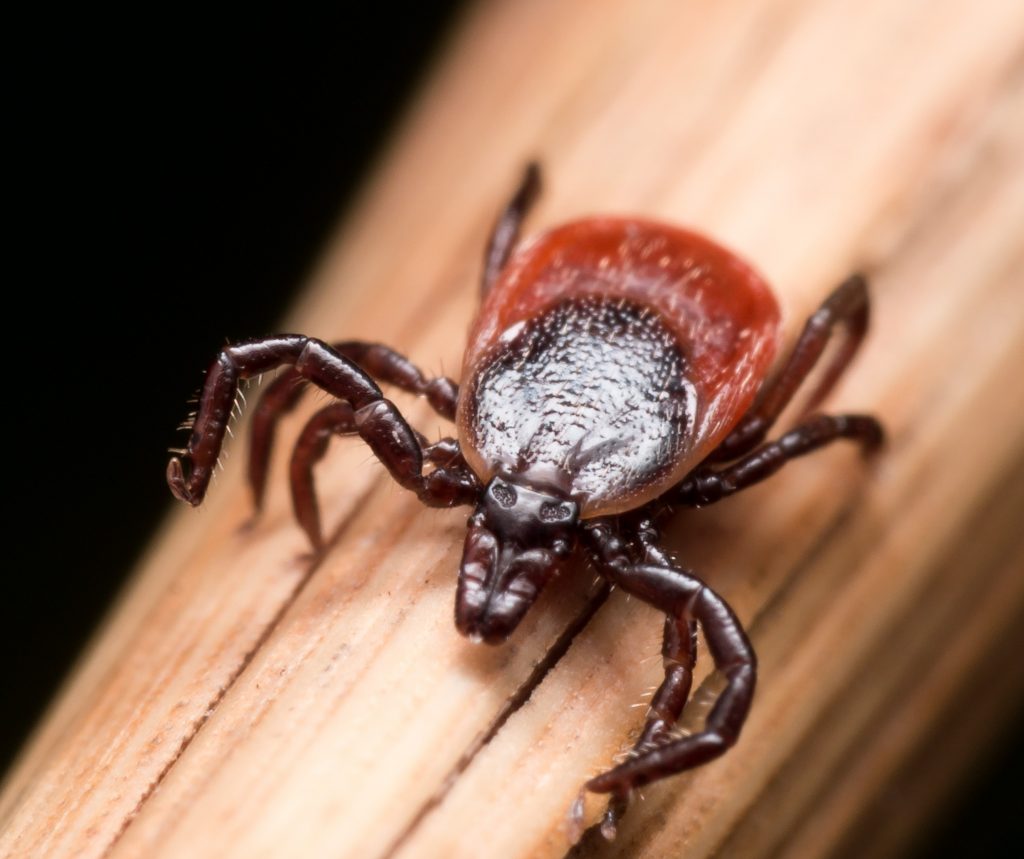Pennsylvania finds more spots with high infection rates of deer tick virus

Pennsylvania health officials have found high levels of “rare but dangerous” deer tick virus (DTV) at various locations throughout the state.
DTV, a type of Powassan virus, is rare in the United States, but positive cases have increased in recent years.
It is spread to people primarily by bites from infected ticks.
The state’s Tick Surveillance and Testing Program has detected unusually high infection rates of the deer tick virus in adult tick samples recently taken from three sites:
- Fisherman’s Paradise public fishing area on Spring Creek in Centre County
- Iroquois Trail near Tunkhannock in Wyoming County
- Lawrence Township Recreational Park in Clearfield County
At each of these three locations, the infection rate exceeded 80 percent of ticks sampled. DTV has been detected in a total of 15 Pennsylvania counties. The statewide infection rate outside of the three “hotspot” locations is currently 0.6% of ticks sampled.
“Lyme disease has been present in all 67 counties for some time, and unfortunately, the prevalence of the very serious deer tick virus appears to be increasing in some tick populations,” said Pennsylvania Department of Environmental Protection Secretary Patrick McDonnell.
“Pennsylvanians should learn about the threats posed by tick-borne diseases and take commonsense precautions so they can enjoy our abundant natural resources — and the many wonderful physical and mental health benefits of outdoor recreation — as safely as possible.”
Initial symptoms of a DTV infection may include fever, headache, vomiting, and weakness. Some people who are infected with DTV experience no symptoms, and therefore infection may go undetected. However, 91% of patients treated for DTV infections develop severe neuroinvasive disease.
Those who exhibit severe disease from DTV may experience encephalitis or meningitis and require hospitalization, with symptoms including confusion, loss of coordination, difficulty speaking, or seizures. About 12% of people with severe disease have died, and approximately half of survivors of severe disease have suffered long-term health impacts.
SOURCE OF PRESS RELEASE: State of Pennsylvania




















We invite you to comment on our Facebook page.
Visit LymeDisease.org Facebook Page